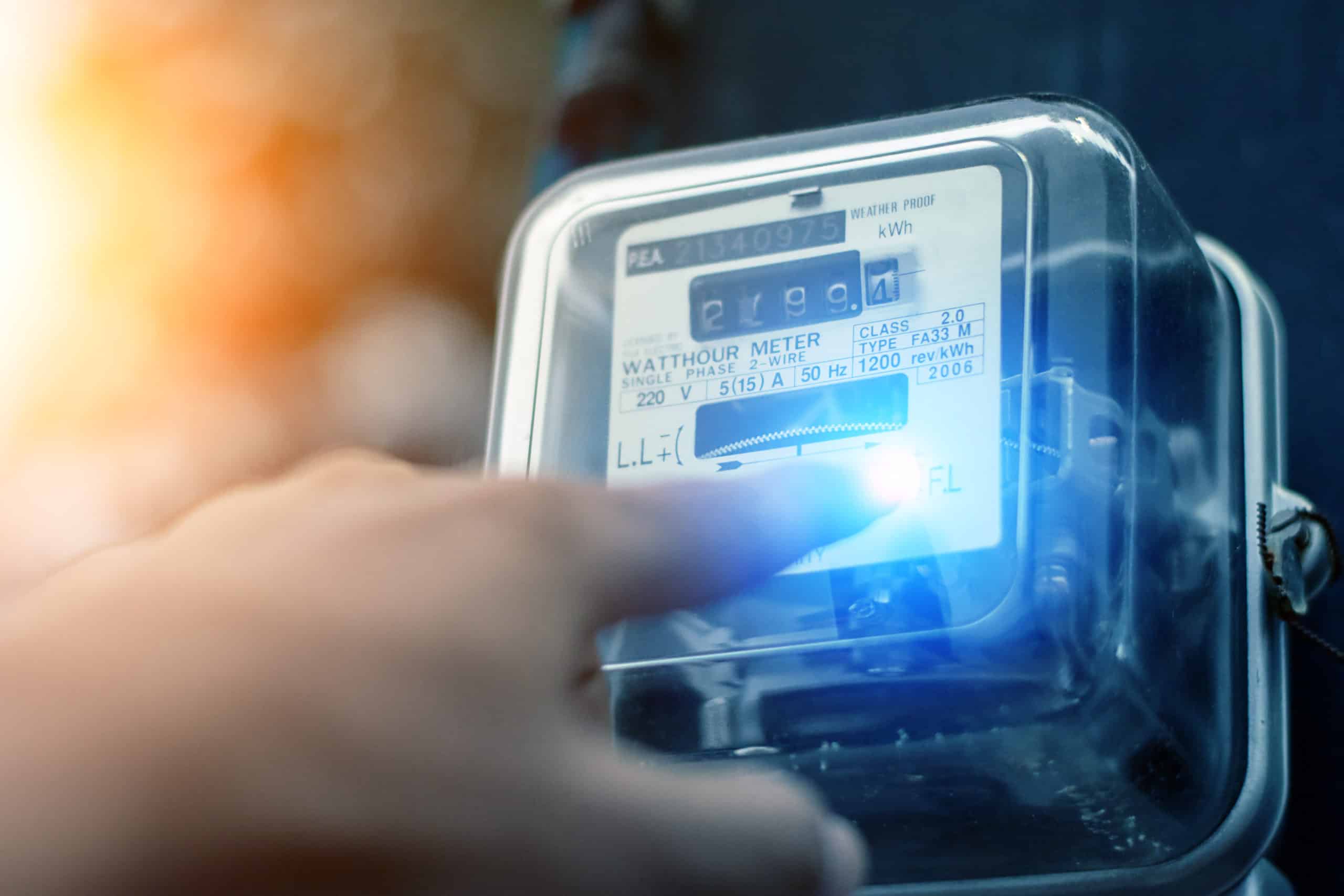How to Leverage ERCOT’s 4 Coincident Peaks (4 CP) to Enjoy Significant Savings

ERCOT’s four coincident peaks (4 CPs) are somewhat mysterious to many and are second nature to others. A general understanding of the 4 CP components will help clear up any confusion for those who find 4 CP a complicated matter. In many cases, reducing electricity consumption during (4 CP) events significantly reduce regulated delivery costs, saving tens if not hundreds of thousands of dollars annually.
What is it?
A coincident peak is a point in time when the ERCOT (Electric Reliability Council of Texas) Grid is at a point of peak capacity, caused by all consumers’ combined demand on the electrical grid (kW, aka Demand) within a 15 – minute interval. Who contributes to the coincident peak? Everyone who is drawing electricity from the grid at that point in time. If your dishwasher is running during a coincident peak event, then it contributes to setting the coincident peak. Incidentally, ERCOT’s coincident peaks will always be during some of the hottest days in summer that occur throughout Texas. So, what is non-coincident peak (NCP) demand? NCP is the highest demand that a meter establishes within a monthly period, regardless of when it occurs. An example of a meter’s NCP and CP may be as follows:
An electricity consumer’s Interval Data Recorder (IDR) Meter sets its highest demand for the month of June at 10:00 am on June 13th, let’s say 900 kW. This becomes that meters Non- Coincident Peak (CP) Demand for the month. That same meter will establish its Coincident Peak Demand when ERCOT is establishing its highest peak demand for June, perhaps at 5:45 PM on June 21st. At that specific 15-minute interval the same meter above may be establishing a Demand value of 600 kW. As a result, the meter’s coincident peak demand for June will be 600 kW and is one of the four Coincident Peaks that will be used for the 4 CP average. The trick is to predict the events accurately and have a plan in place to reduce electricity Demand.
Why is this important?
It is important to understand the differences in your coincident and non-coincident peak demand because it affects your electricity delivery costs, specifically regulated tariff’s transmission and distribution billing determinants. Some utility tariffs are more complicated than others with residential being the most straightforward and large industrials being more complex. However, they are all calculated based upon one or a combination of electricity variables: 1) energy (kWh), 2) Peak Demand (kW), NCP and 3) Coincident Peak Demand (kW) CP.
However, the main reason a consumer should understand 4 CP is because a significant amount of money can be saved if the 4 CP events are timed accurately when a meter reduces its consumption and establishes low kW load during the 4 CP events. For example, shedding an average of 1,000 kW during the 4 CP events will yield approximately $50,000 in annual savings for customers in the American Electric Power (AEP) Texas regions. Nevertheless, regardless of the geographic location, all regulated utilities in ERCOT have 4 CP billing determinants within some of their commercial tariffs. An electric consumer could potentially create a billing determinant of zero if able to shed load during each of the coincident peaks 15-minute interval periods. In short, shedding load for four 15-minute intervals, equating to one hour, will save a lot of money.
Who can take part in shedding load and who is affected by 4 CP billing?
As mentioned above, not all meters have a 4 CP billing determinant. Only Interval Data Recorder (IDR) meters use 4 CP’s as one of the billing determinants for a commercial / industrial tariff. If you are a commercial client and do not have an IDR meter, then you will not be billed based on the 4 CP’s, so reducing your load during these events will not supply a monetary benefit. For new establishments, IDRs are installed on loads with anticipated demand of at least 700 kW. If your facility uses less and has an IDR meter, then it is typically grandfathered.
When does it take place?
The 4 CP season begins on June 1st and ends on September 30th annually. During this 4-month period, the highest coincident peak times in each month are averaged and thereby establish the 4 CP, which becomes the kW value for the 4 CP billing determinant for the entire year. As a result, savings can be substantial.
How do consumers participate?
Customers who are billed based on the 4 CPs can mitigate their exposure by being prepared to reduce consumption during a possible 4 CP event. These events are typically highly predictable and typically occur between the hours of 4:00 pm to 6:00 pm on weekdays. The key is knowing what load can realistically be shed without causing too much disruption or inconvenience to an organization’s normal operations.
Where does a consumer get 4 CP notifications?
Consumers can receive 4 CP notifications via several sources. Some of these notification services are offered as a courtesy from retailer providers. However, the notices they provide of potential 4 CP events can sometimes be voluminous and irritating to those who are actively attempting to shed load during a 4 CP Day. Other services that exist may provide fewer notifications, guaranteeing that the 4 CP times will be predicted accurately. They may also help create a strategy to successfully shed load and hit the 4 CP events with minimum disruptions.
Acclaim Energy can help provide your organization with more insights on how to develop a strategy to leverage 4 CP. Do not miss the opportunity to reduce your electric delivery costs and save substantially, call today.



